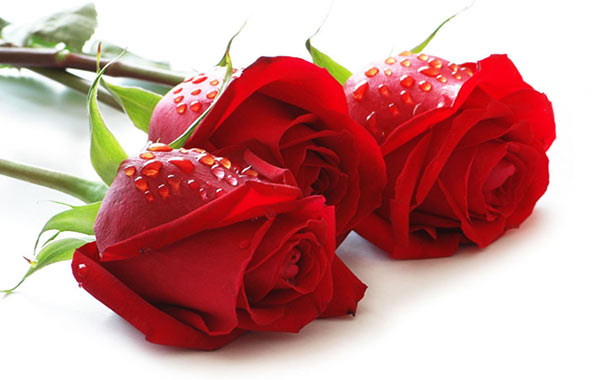Top 10 Richest People in India
Do you know who is the richest person in India, if no then you must read this article and you would get to know the "Top 10 Richest People in India" Richest people are always seen as an inspiration by the youngsters, as all want to walk in their footsteps to achieve their goal and become a motivation for others. So, here we are showing you the list of top ten richest people in India according to Forbes.
1. Mukesh Ambani
The list starts with the richest man in Asia that is Mukesh Ambani. He has a net worth of $38 billion. He is chairman, managing director and largest shareholder of the Reliance industries.
2. Azim Premji
Azim Premji is at the second position with the net worth of $19 billion. He is an Indian business tycoon, investor and is the chairman of Wipro Limited. He is also known as the Czar of Indian IT industry.
3. Hinduja Family
Hinduja family is at the third position with the net worth of $18.4 billion. Four close-knit siblings, Srichand, Gopichand, Prakash and Ashok control multinational conglomerate the Hinduja group. Their group’s business range from trucks and lubricants to banking and cable television.
4. Lakshmi Mittal
Lakshmi Mittal is at the fourth position in the list with the net worth of $ 16.5 billion. He is an Indian steel magnate, based in Indonesia. He is the chairman and CEO of company Arcelor Mittal located in the UK.
5. Pallonji Mistry
Pallonji Mistry is at the fifth position with the net worth of $16 billion. He is an Indian born Irish construction tycoon and chairman of Shapoorji Pallonji Group. They are known for building banks like Reserve Bank of India, Hong Kong Bank and Gridley’s Bank. They also started affordable homes for people.
6. Godrej Family
Godrej family is at the sixth position with the net worth of $14.2 billion. Godrej is a huge multinational producing consumer good, agricultural products, industrial engineering, real estate. Adi Godrej is the head and chairman of Godrej Company.
7. Shiv Nadar
Shiv Nadar is at the seventh position with the net worth of $13.6 billion. He is the founder and chairman of HCL and Shiv Nadar Foundation.
8. Kumar Birla
Kumar Birla is at the eighth position in the list with the net worth of $12.6 billion. He is the chairman of Aditya Birla Group. He had taken the company to great heights and with his effective skills, he had expanded the business in Thailand and Egypt as well.
9. Dilip Shanghvi
Dilip Shanghvi is at the ninth position in the list with the net worth of $12.1 billion. He founded Sun Pharmaceuticals with a partner, Pardeep Ghosh. He had received Padma Shri from the government of India in 2016.
10. Gautam Adani
Gautam Adani is at the tenth position on the list with the net worth of $11 billion. He makes most of his wealth from his owned company Adani Group. He looks after the gas distribution and mining of coal.
So, Here's the list of Top 10 richest people in India, If you want to know more or want to have blog like this then please do write to us with your valuable feedback or suggestion, We thanks our readers for reading this blog, I hope this blog has given you the relevant information which you might have been looking for? If you like this blog then we would request you to share, like and comment and please do subscribe our blog channel.


























































